Chapter 9
Organizational Structure
By Boundless
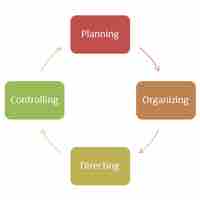
Management is tasked with generating an organizational system and integrating operations for high efficiency.

Most organizations fall into one of four types: pyramids/hierarchies, committees/juries, matrix organizations, and ecologies.
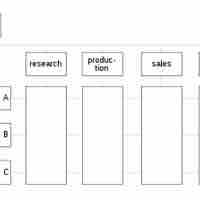
An organization chart is a diagram that illustrates the structure of an organization.
The four common elements of an organization include common purpose, coordinated effort, division of labor, and hierarchy of authority.
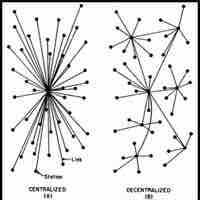
Important characteristics of an organization's structure include span of control, departmentalization, centralization, and decentralization.
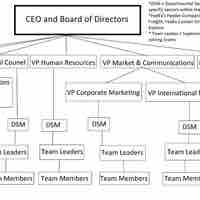
An organization with a functional structure is divided based on functional areas, such as IT, finance, or marketing.
Divisional structures group various organizational functions into product or regional divisions.
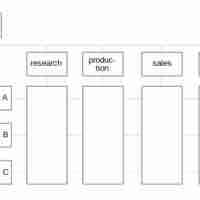
The matrix structure is a type of organizational structure in which individuals are grouped via two operational frames.
The team structure is a newer, less hierarchical organizational structure in which individuals are grouped into teams.
In the network structure, managers coordinate and control relationships with the firm that are both internal and external.
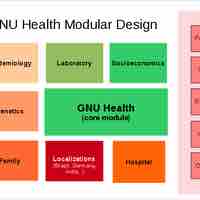
In the modular structure, an organization focuses on developing specialized and relatively autonomous strategic business units.

Considerations of the external environment—including uncertainty, competition, and resources—are key in determining organizational design.
The size and operational scale of a company is important to consider when identifying the ideal organization structure.

Technology impacts organizational design and productivity by enhancing the efficiency of communication and resource flow.
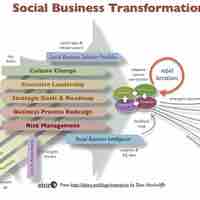
The life cycle of an organization is important to consider when determining its overall design and structure.
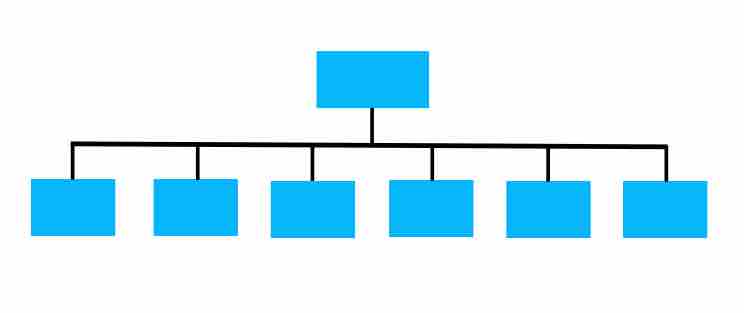
Flattening hierarchies can benefit smaller organizations by increasing employee empowerment, participation, and efficiency.

In decentralized structures, responsibility for decision making is broadly dispersed down to the lower levels of an organization.
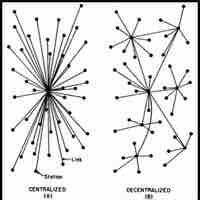
Modern organizations are more aware of the value of empowered employees and actively strive to structurally increase empowerment.
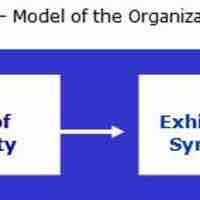
In order to succeed, modern organizations must constantly adapt to evolving technologies and expanding global markets.

Employers can offer flexible working arrangements in the form of flextime and telecommuting work.
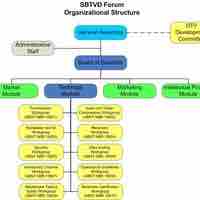
Increasing coordination helps organizations to maintain efficient operations through communication and control.